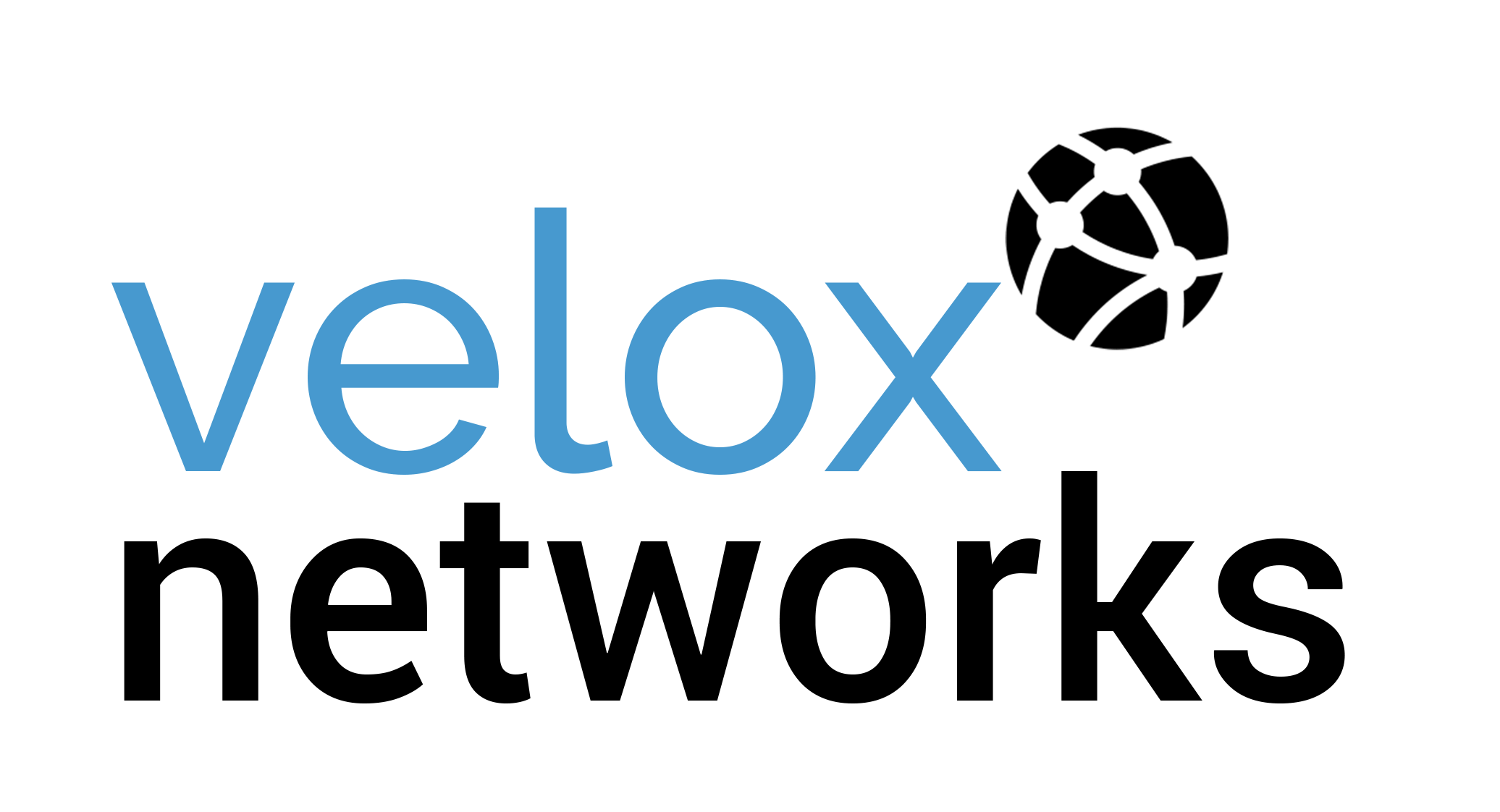Transforming Business Communication: The Rise of Cloud PBX in Singapore
If you have ever called a business and selected numbers for menu options or dialed a specific office extension, you have used a Private Branch Exchange (PBX) phone system.
In the early years of telephone lines, calls went through public switchboards, where operators manually directed them to the correct receivers. In the mid-20th century, the demand grew, and multiple lines were installed to handle the growing number of phone calls. Businesses began using separate lines for each internal department.
However, calls were expensive, even for calls made between each department within the same office. With rising costs, the need for a better solution grew more obvious.
With our calling capabilities now being more seamless, scalable, and flexible than ever before, it is easy to take modern telecommunication for granted. However, this was not always the case. Let's take a walk through a brief history of how cloud PBX systems have evolved over the years and influenced the telecom landscape in Singapore and globally.
The History of PBX Phone Systems
In the 1960s
This was a time when phone systems required a human operator to manually direct calls. PBX systems were first introduced in the 1960s as a way for businesses to communicate in a more cost-effective way. By hiring their own operators and purchasing or renting a small number of telephone lines and blocks of switchboards, companies were able to use a large number of phones for less. As phone systems became a more integral part of the business world, companies invested in their own switchboards and operators and the PBX system was born.
Although the PBX system was considered a valuable investment and significant upgrade, the cost of running the system was high. The switchboard hardware and maintenance costs were expensive.
In the 1970s
The automated switchboards saw the addition of superconductors, making them faster and more reliable. The need for an operator was obsolete, which lowered the costs of having a PBX system. More functions such as extension dialling, hunt groups and call forwarding were also added. There was a significant shift in business communication, and it enabled more organisations to power their own telecommunications.
In the 1990s
Communication demand increased during this era leading to the further evolution of telecom technology. The PBX system started gaining momentum and complexity. It was now able to channel called through the internet's data network (VoIP). Users who had access to the internet experienced VoIP in all its glory, with its ability to make voice and data networks converge. Analog and VoIP phone calls could be made through the same line. However, with its increased benefits, it was also a costly investment for businesses.
How Did VoIP Technology Continue to Evolve?
Ultimately, cloud-based PBX systems offer a higher degree of control for companies who want to fine-tune their services to meet their specific needs. VoIP technology allowed for communication between computers, phones, and IP phones. This new system was cloud-based and hosted by an outside provider. It functioned as an application, offering multiple channels of communication.
With a device that is connected to the internet, users could video chat, share data, instant messages, and do much more. It also allowed companies to integrate their communication with other applications. Salespeople can track calls within CRM systems and access notes from previous conversations, which greatly reduces the need to physically keep track of conversations.


